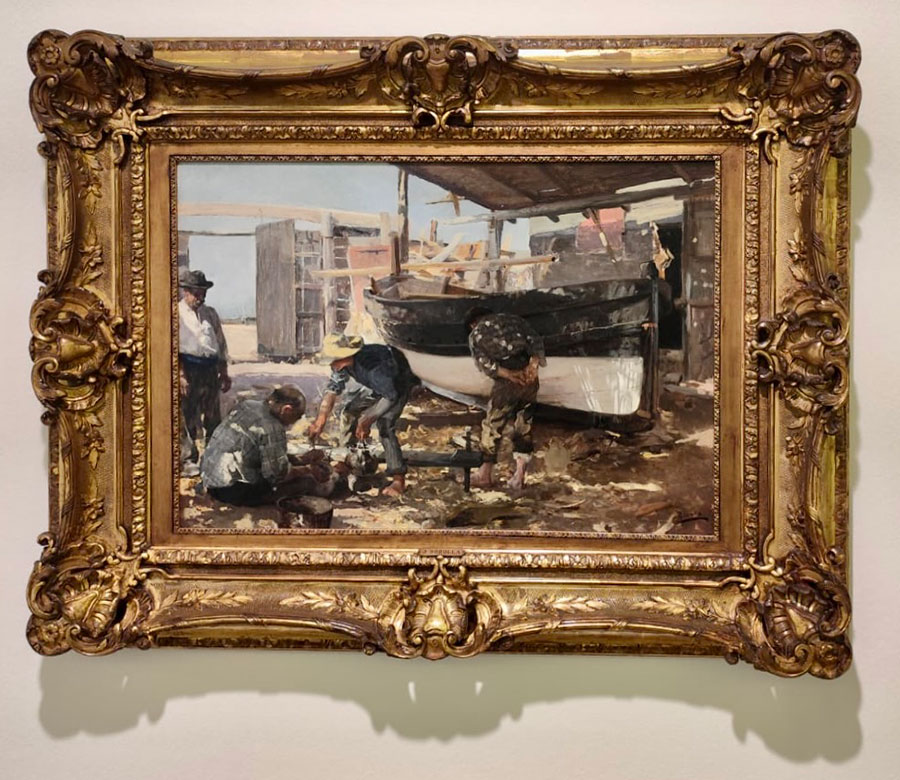
As an art lover, I spend countless hours surrounded by creativity — visiting museums, reading art magazines, and browsing art websites. Art has always been a deep source of inspiration for me, both as a collector and as a creator. There’s nothing quite like standing in front of a piece that moves you, or admiring the works in your own collection.
Recently, I visited the Fine Art Museum in Oviedo, a charming city in the north of Spain. The history of this region is everywhere — in its architecture, its street names, and the passion of its people. But what truly caught my eye was something many overlook: the frames.
The museum’s collection featured masterpieces by Rubens, Goya, Miró, Dalí, and Picasso. Each artwork was presented with elegance and grandeur, and what fascinated me most was how the frames elevated the entire experience. The ornate, golden frames surrounding Rubens’ dramatic paintings were stunning — they weren’t just accessories, but works of art themselves.
Each frame seemed to tell its own story, adding weight, contrast, and depth to the painting it embraced. Together, they created a sense of completeness — the art and frame working in harmony to captivate the viewer.
In contrast, when I visit modern museums or contemporary galleries, I notice a different approach. Many artworks are displayed without frames, allowing the raw edges of the canvas to stand on their own. This minimalist presentation focuses attention on the image itself and gives a clean, modern feel — but sometimes, I feel that something is missing.
Without a frame, the work can lose that powerful “wow factor” that commands the viewer’s attention and draws them deeper into the artist’s world.
